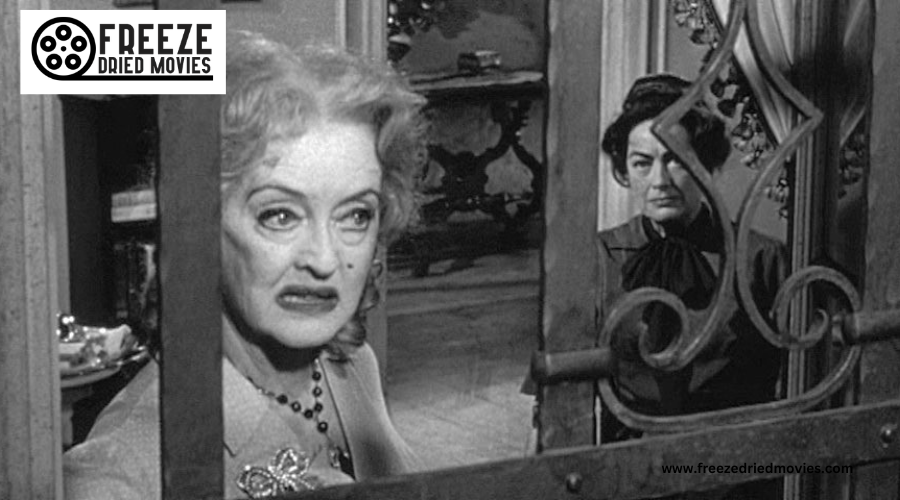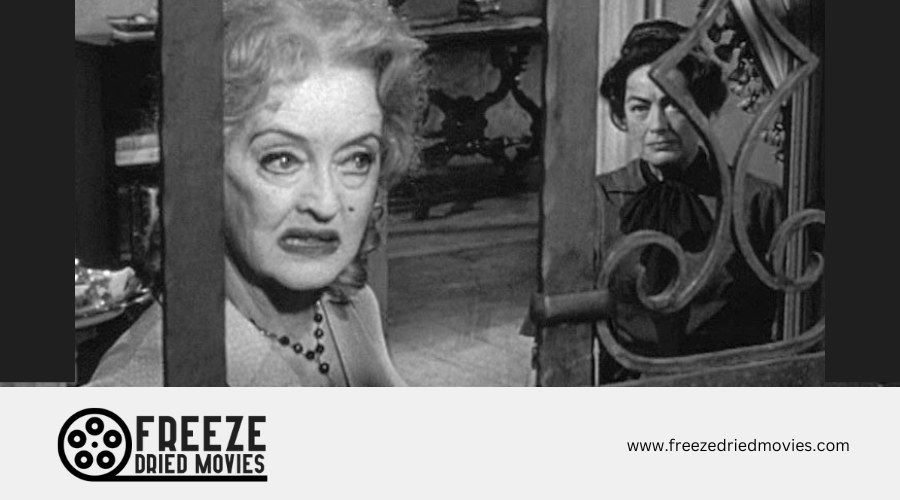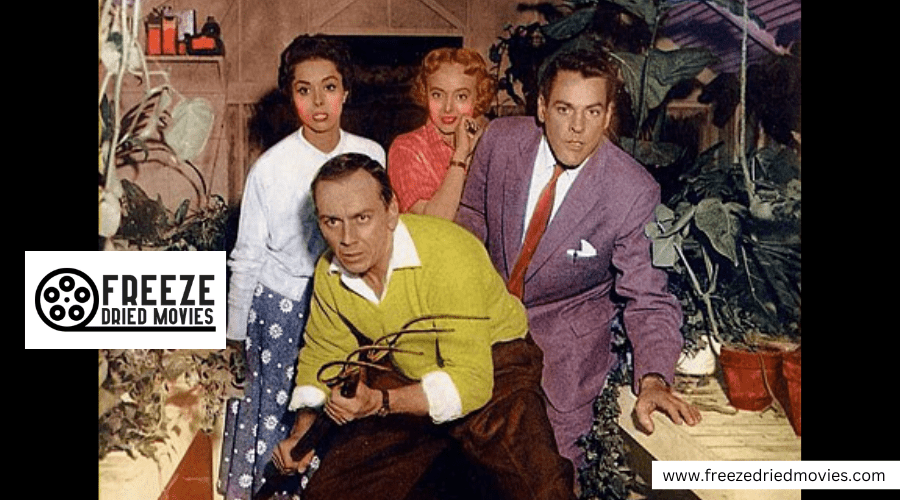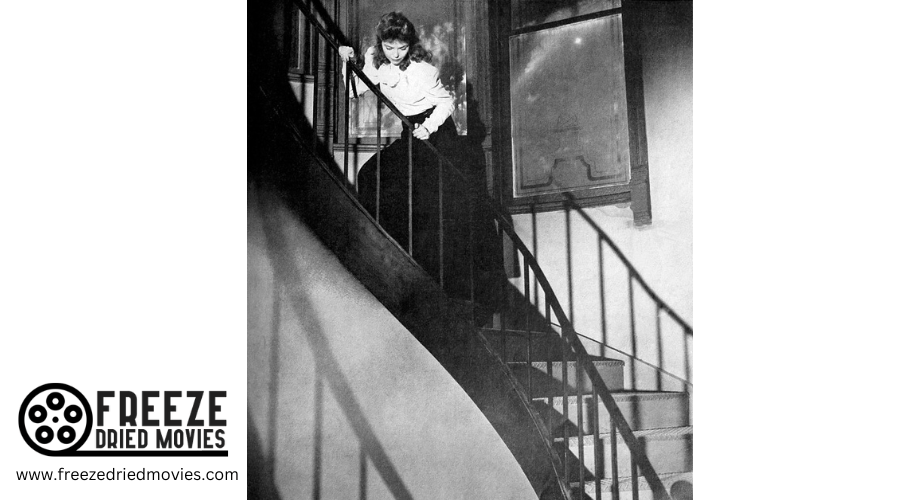What Are the Different Subgenres of Horror Movies?
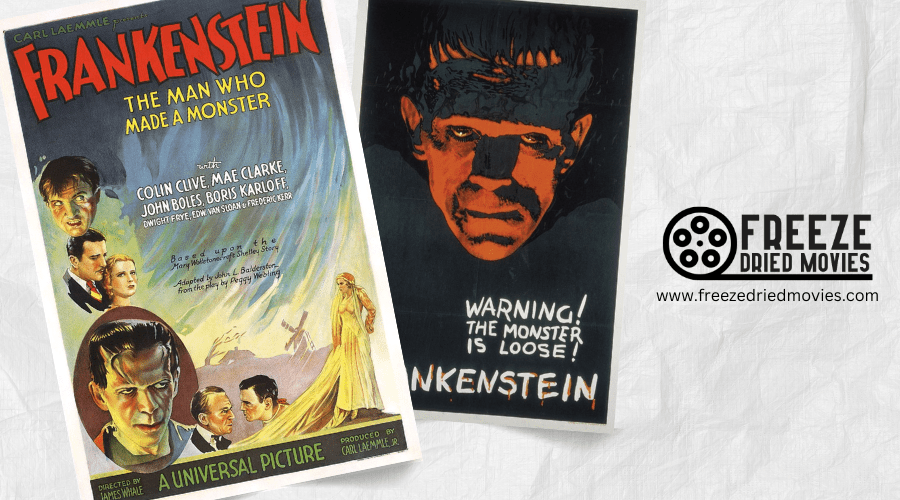
Horror movies span numerous distinct subgenres including demonic possession, paranormal horror, monster movies, slasher films, psychological horror, body horror, found footage, and comedic horror. Each category offers unique frights - from supernatural entities taking control to masked killers hunting victims. You'll encounter everything from subtle psychological dread to graphic bodily transformations. Whether you prefer ghostly hauntings, rural folk terrors, or the blurring of reality through shaky cameras, the horror genre holds something to terrify every viewer.
Key Takeaways
- Horror subdivides into major categories like demonic possession, paranormal, psychological, monster, and slasher films.
- Psychological horror blurs reality and illusion, creating lingering dread by exploring human nature's darkest aspects.
- Found footage horror uses documentary-style filming to blur fiction and reality through limited perspective.
- Body horror focuses on graphic bodily transformations and mutations, exemplified in films like The Thing and Alien.
- Comedic horror balances terror with humor, subverting traditional tropes while providing emotional relief after intense scares.
What Are the Different Subgenres of Horror Movies?
How can one horror genre inspire so many different fears? Horror films have evolved into distinct subgenres, each targeting specific anxieties.
In slasher films, human killers like Michael Myers rack up high body counts with brutal methods. Supernatural horror taps into fears of the unknown through demonic possession and paranormal elements, as seen in The Exorcist and The Conjuring.
Monster movies feature powerful creatures causing widespread destruction, while comedic horror blends scares with laughs in films like Scream. Throughout horror film history, these subgenres have created iconic characters and established unique conventions.
Each category explores different psychological horror aspects, making this genre one of the most diverse in cinema. The 1950s introduced influential science fiction-horror hybrids that reflected Cold War anxieties through alien invasions and nuclear monsters. Unlike other genres, horror continually reinvents itself to exploit emerging societal fears.
Demonic Possession: Supernatural Entities Taking Control
Many horror enthusiasts consider demonic possession films the most psychologically disturbing subgenre. These horror films combine supernatural powers with religious elements to create scenarios where malevolent entities take control of the human body.
What makes this subgenre particularly terrifying:
- The loss of autonomy as victims display inexplicable powers beyond human capability
- The integration of religious elements and exorcism rituals that challenge faith
- The psychological horror of watching someone transform into something unrecognizable
- The paranormal activity that surrounds possession cases, creating an atmosphere of constant dread
You'll find that successful demonic possession films balance physical horror with spiritual themes, making you question what might lurk beyond our physical world. The violation of the human body becomes a metaphor for deeper existential fears about control and identity. This subgenre has historical roots in the widespread fear of The Inquisition and its entanglement of heresy with witchcraft throughout medieval Europe.
Paranormal Horror: The Unseen and Unknown Phenomena
Unlike demonic possession films that focus on bodily invasion, paranormal horror taps into our primordial fear of the unseen world that exists alongside our own. Films like The Conjuring, Paranormal Activity, and Poltergeist exemplify this subgenre, capitalizing on your inability to rationalize what's happening on screen.
You'll witness unexplained occurrences that defy natural laws—objects moving independently, mysterious noises, and ghostly apparitions materializing from nowhere. This creates an atmosphere of profound vulnerability and helplessness as characters (and you) struggle to comprehend supernatural entities invading normal spaces.
The paranormal horror subgenre shares DNA with demonic possession narratives, but emphasizes the unseen and unknown phenomena rather than physical takeover. The terror comes from knowing something's there, watching and waiting, but remaining frustratingly beyond your understanding or control. During the 1940s, filmmakers working under the restrictions of the Hays Code often relied on these subtle paranormal elements to evoke fear without showing explicit content that would trigger censorship.
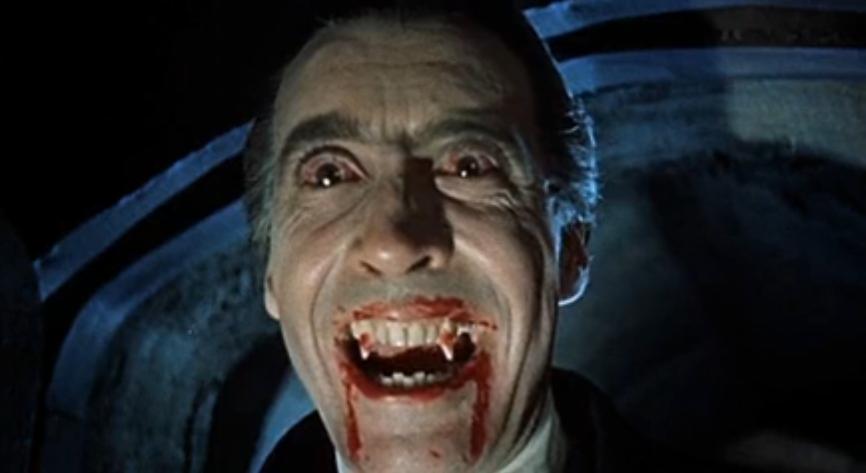
Monster Movies: Creatures That Strike Terror
Monster movies tap into our primal fear of being prey by showcasing oversized, powerful creatures that hunt, destroy, and consume whatever stands in their path. Universal Studios pioneered this horror subgenre, introducing iconic monsters like Frankenstein, Dracula, and the Creature of the Black Lagoon that continue to influence filmmaking today.
The terror in these films stems from four primary sources:
- The sheer scale of the creatures, dwarfing human protagonists
- The supernatural entities that defy natural laws and human understanding
- Mutated animals that represent nature's revenge against humanity
- Extraterrestrial beings that bring otherworldly threats to Earth
You'll find these films particularly effective because they position humans as inherently vulnerable against the overwhelming primal threat these creatures represent, creating immediate, visceral fear reactions. The 1950s saw a flourishing of monster movies that specifically conveyed atomic age anxieties through creatures born from technological and scientific hubris.
Slasher Films: The Masked Killers Among Us
Slasher films emerged as a distinct horror subgenre where the monster isn't a supernatural creature but rather a human killer who stalks and murders victims with methodical precision.
These films gained mainstream popularity in the late 1970s and 1980s with the release of genre-defining classics like Halloween and Friday the 13th.
You'll recognize iconic masked villains like Michael Myers, Jason Voorhees, and Freddy Krueger who hunt down their prey—typically teenagers—with terrifying determination. The high body count and graphic methods of murder became hallmarks of the slasher film formula.
Psychological Horror: The Monsters Within Our Minds
While slasher films externalize threats through physical killers, psychological horror explores a far more intimate battlefield: the human mind itself. This genre doesn't rely on special effects or jump scares, but instead manipulates your perception and challenges your grip on reality.
Psychological horror films distinguish themselves through:
- Blurring the lines between reality and illusion, leaving you questioning what's truly happening
- Creating atmosphere and mood that elicits deep-seated dread
- Examining inner turmoil and mental instability rather than external threats
- Lingering in your thoughts long after viewing
Films like "The Shining," "Misery," and "Jacob's Ladder" demonstrate how psychological horror often proves more disturbing than its counterparts by forcing you to confront the darkest aspects of human nature.
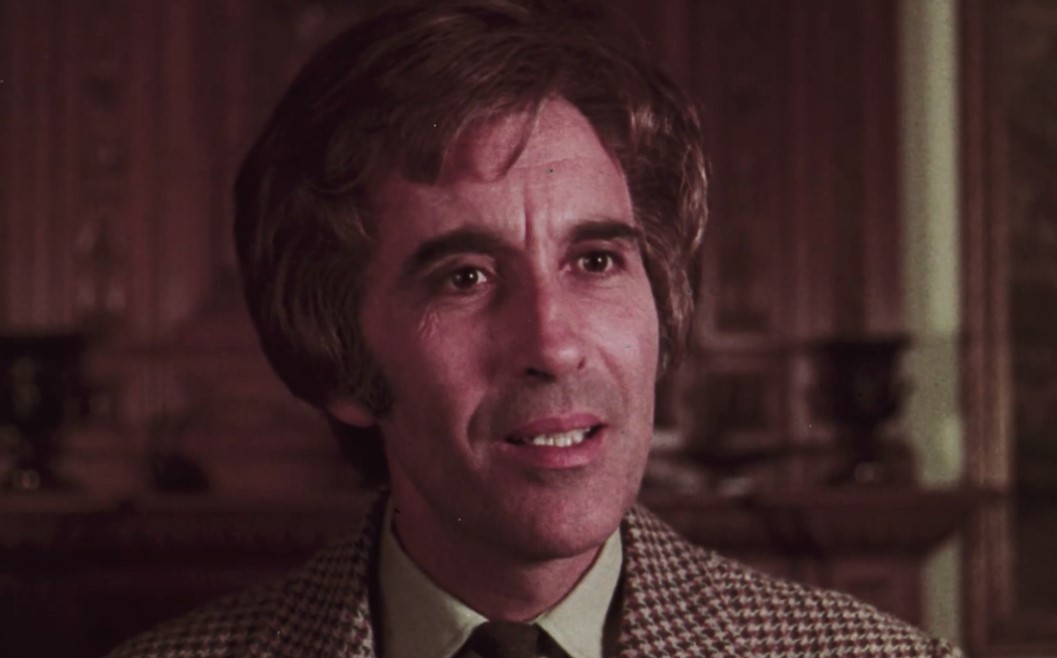
Folk Horror: Ancient Traditions and Rural Dread
Far from the urban settings of most horror subgenres, folk horror draws you into isolated rural landscapes where ancient traditions and forgotten rituals persist beneath a seemingly idyllic surface. The profound isolation of these remote areas creates an inescapable dread as you witness unsettling customs unfold.
What makes folk horror particularly unnerving is how it taps into your primal fears of the unknown, especially when confronted with pagan traditions that contradict modern sensibilities. Films like The Wicker Man and Midsommar masterfully explore the sinister underbelly of traditional communities where folklore and superstitions aren't just stories but dangerous lived realities. As you watch these narratives unfold, you'll feel increasingly trapped by the rural setting and the weight of ancient practices that demand terrible sacrifices from outsiders.
Body Horror: The Terrifying Transformation of Flesh
Perhaps the most viscerally unsettling subgenre in horror cinema, body horror exploits our deepest anxieties about the fragility and mutability of our physical form. When you watch these films, you're confronting a visceral fear of physical transformation that resonates on a primal level.
David Cronenberg stands as the undisputed master of this subgenre, crafting landmark works that explore the violation of the human body through grotesque physical changes.
Notable aspects of body horror include:
- The graphic depiction of mutation and dismemberment
- An emphasis on biological horror and the breakdown of the body's natural state
- The psychological impact of witnessing one's own flesh betray them
- Classic examples like The Thing, Hellraiser, and Alien that showcase horrifying bodily transformations
Found Footage: Terror Through the Camera Lens
Found footage horror creates terror through a deceptively simple premise: what you're watching actually happened to real people. This subgenre pulls you directly into the narrative through documentary-style filmmaking where characters capture events themselves.
Films like The Blair Witch Project, Paranormal Activity, and Cloverfield pioneered this approach, using shaky camera techniques and deliberate jump cuts to heighten realism and immersion. The limited perspective forces you to experience the horror alongside the characters, creating a visceral connection to their fear.
What makes found footage so effective is how it blurs fiction and reality. The use of multiple cameras and perspectives builds suspense by controlling what you can and can't see, leaving your imagination to fill in the terrifying blanks.
Comedic Horror: When Fear Meets Laughter
Comedic horror deftly walks the fine line between making you scream and making you laugh, creating a unique emotional experience unlike any other horror subgenre. This thrilling yet humorous approach offers a rollercoaster of emotions where dark humor and absurdist elements work together to generate both fear and amusement.
The delicious whiplash of comedic horror proves laughter and terror are perfect dance partners.
What makes comedic horror so engaging:
- It subverts traditional horror tropes, playing with your expectations
- It provides emotional relief through laughter after intense scares
- It allows filmmakers to experiment with unconventional storytelling
- It appeals to broader audiences who might avoid pure horror
Films like Scream, Shaun of the Dead, and The Cabin in the Woods exemplify this perfect balance, demonstrating how comedy can enhance rather than diminish the horror experience.

